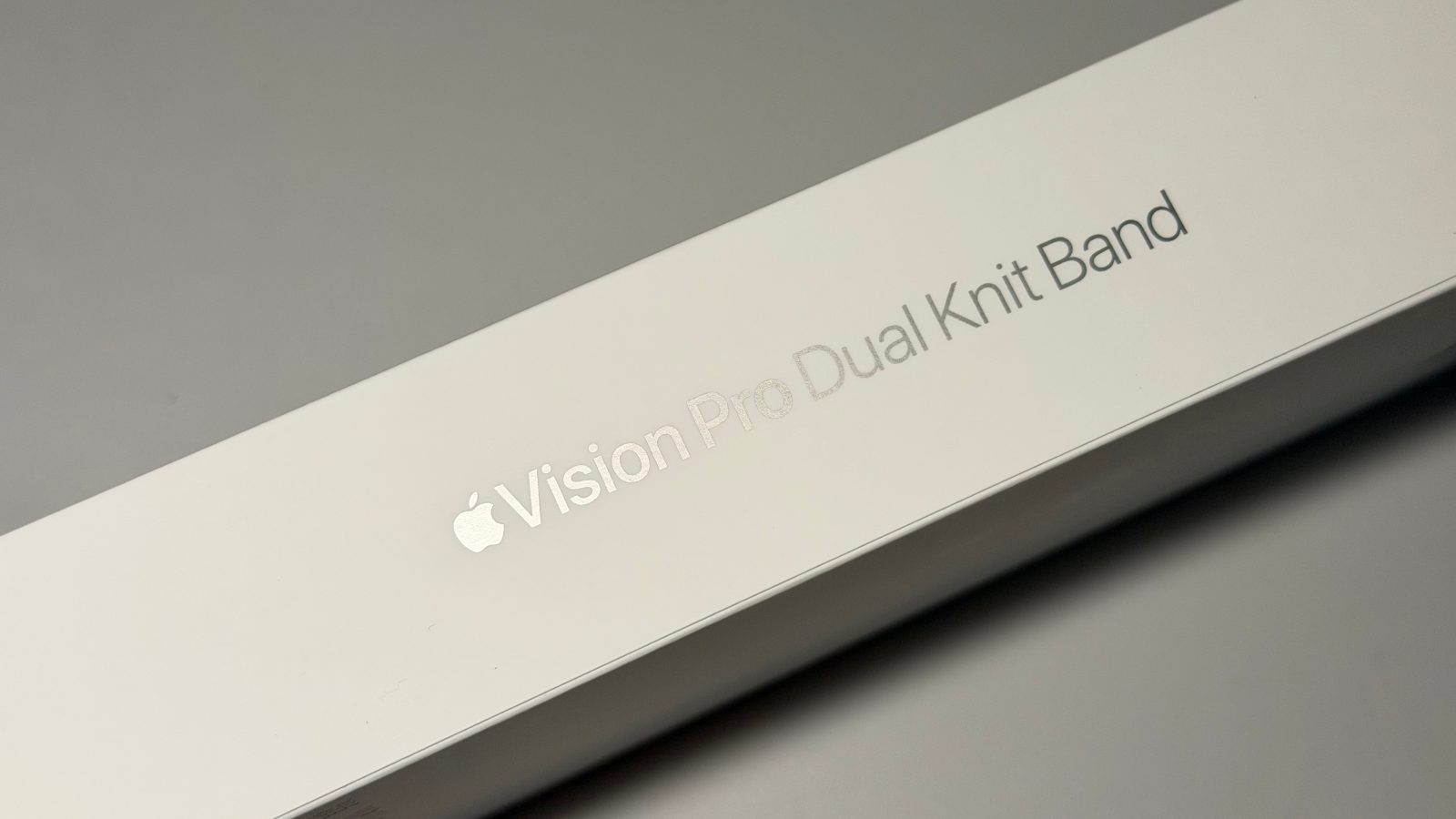Apple Inc. has unveiled its latest iteration of the Vision Pro headset, now featuring the advanced M5 processor and an enhanced Dual Knit Band. A significant development accompanying this release is the shift in assembly location from China to Vietnam, as indicated by the Product of Vietnam label on the packaging. This move underscores Apple’s ongoing strategy to diversify its manufacturing operations and reduce dependency on Chinese production facilities.
Strategic Shift in Manufacturing
The original Vision Pro, launched in February 2024 with the M2 processor, was assembled in China. The transition to Vietnam for the assembly of the updated model highlights Apple’s efforts to mitigate risks associated with geopolitical tensions and supply chain disruptions. By expanding manufacturing to countries like Vietnam, India, Thailand, and Malaysia, Apple aims to ensure a more resilient and flexible production network.
Balancing Geopolitical Relations
Apple’s decision to diversify its manufacturing base comes amid complex trade relations between the United States and China. The U.S. government has been advocating for increased domestic manufacturing and reduced reliance on Chinese suppliers. Concurrently, Apple CEO Tim Cook has engaged with Chinese officials, reaffirming the company’s commitment to investing in China. This delicate balancing act reflects Apple’s strategy to maintain positive relations with both nations while safeguarding its supply chain.
Vietnam’s Growing Role in Apple’s Supply Chain
Vietnam has emerged as a key player in Apple’s manufacturing strategy. The country’s skilled labor force, cost-effective production capabilities, and proximity to existing supply chains make it an attractive alternative to China. Apple has been operating in Vietnam for over a decade, contributing to the creation of over 200,000 jobs. The company has also increased its spending on suppliers in the region, with annual expenditures doubling since 2019.
Implications for the Tech Industry
Apple’s move to assemble the Vision Pro in Vietnam signals a broader trend in the tech industry toward supply chain diversification. Companies are increasingly seeking to reduce risks associated with over-reliance on a single country for manufacturing. This shift could lead to increased investments in Southeast Asian nations, fostering economic growth and technological development in the region.
Conclusion
The assembly of Apple’s M5-powered Vision Pro in Vietnam marks a significant step in the company’s ongoing efforts to diversify its supply chain. By expanding manufacturing operations beyond China, Apple aims to enhance the resilience of its production network amid geopolitical uncertainties. This strategic move not only reflects the company’s adaptability but also sets a precedent for the tech industry’s approach to global manufacturing.



